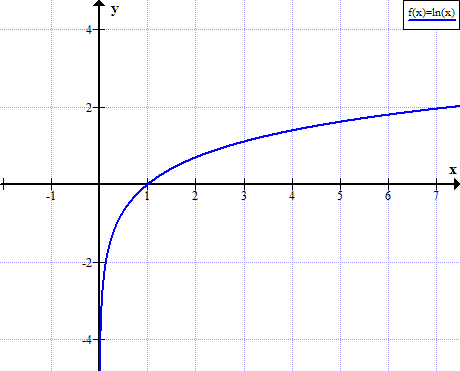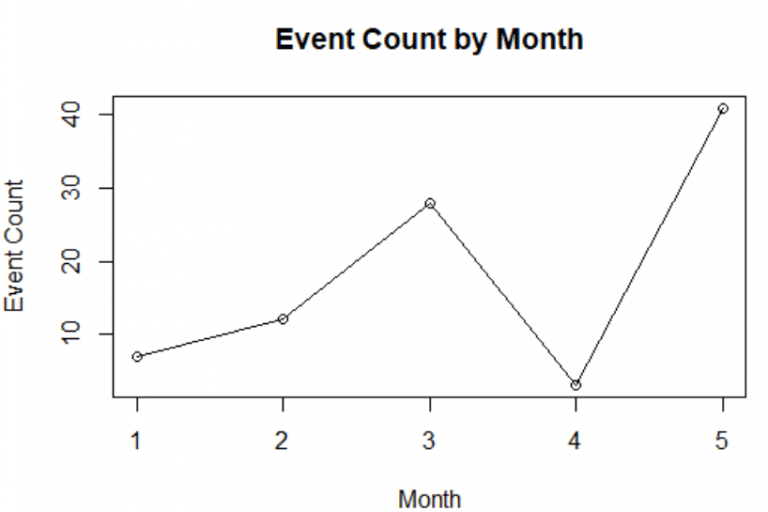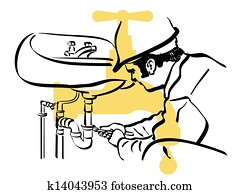Do al logaritma kurallar
Table of Contents
Table of Contents
If you’re looking to create a graph of the natural logarithm function, also known as ln(x), you may be wondering where to start. While it can seem intimidating at first glance, drawing such a graph is actually a relatively straightforward process once you understand some key concepts.
When it comes to drawing ln graphs, one common pain point is figuring out how to plot the curve accurately. Another hurdle can be understanding the underlying mathematical principles that govern the behavior of the function.
The first step in drawing an ln graph is to understand the basic properties of the natural logarithm function. The natural logarithm function is the inverse of the exponential function, which means that it takes the result of an exponential function and finds the value of its exponent. The graph of the natural logarithm is therefore the inverse of the graph of the exponential function, which takes on an exponential shape.
To draw a graph of ln(x), start by selecting appropriate values of x and finding the corresponding values of y using the formula ln(x)=y. Plot these ordered pairs on a coordinate plane and connect them with a smooth curve to get the graph of ln(x).
In summary, to draw an ln graph, you need to understand the basic properties of the natural logarithm function, select appropriate values of x and y, and plot them on a coordinate plane.
How to Draw ln Graph: Tips and Tricks
When it comes to drawing ln graphs, there are some tips and tricks you can use to make the process easier. First and foremost, it’s important to remember that the natural logarithm function is only defined for positive values of x. Therefore, any negative values or values of zero should be excluded from your calculations.
Another helpful strategy for drawing ln graphs is to use a computer program or calculator that can plot the graph automatically. This can save you time and effort, especially if you need to plot a large number of points or make adjustments to your graph frequently.
Finally, it’s important to remember that the natural logarithm function is a continuous function, which means that it does not have any jumps, holes, or breaks in its graph. This property can be useful when checking your work, as you can use it to make sure that your graph is smooth and accurate.
Understanding the Properties of ln Graphs: A Closer Look
To gain a deeper understanding of the properties of ln graphs, it can be helpful to look at some specific examples. One important property of ln graphs is that their slope is steepest when x=1. This means that the graph of ln(x) becomes increasingly flat as x approaches zero, and increasingly steep as x moves away from zero in either direction.
Another interesting feature of ln graphs is that they are concave down, which means that their curvature increases as you move towards the x-axis. This property can be used to help identify the maximum or minimum points of a ln function.
The Importance of Practice
As with any mathematical concept, drawing ln graphs requires practice and patience. By starting with simple examples and working your way up to more complex ones, you can gradually build your understanding of the underlying principles and develop your skills at plotting ln graphs. By leveraging technology and utilizing the tips and tricks outlined above, you can streamline the process and create accurate, attractive graphs that showcase the natural logarithm function in all its complexities.
Question and Answer
Q: What is the domain of the natural logarithm function?
A: The natural logarithm function is only defined for positive values of x, so its domain is (0, infinity).
Q: What is the range of the natural logarithm function?
A: The range of the natural logarithm function is (-infinity, infinity).
Q: What is the inverse of the natural logarithm function?
A: The inverse of the natural logarithm function is the exponential function.
Q: How is the natural logarithm function related to e?
A: The natural logarithm function is the inverse of the exponential function with base e.
Conclusion of How to Draw ln Graph
Drawing ln graphs can be a challenging task, but with the right approach and some practice, it is an achievable goal. By understanding the basic properties of the natural logarithm function, using technology where appropriate, and persevering through the difficulties, you can create accurate and professional-looking ln graphs that showcase the beauty and complexity of this important mathematical concept.
Gallery
The Natural Logarithm Of A Number Is Its Logarithm To The Base Of The

Photo Credit by: bing.com / algoritma logaritma logarithm pinterpandai matematika jawaban rumus alami beserta variabel eksponensial fungsi pembahasan sma
Tikz Pgf - Help Me In Drawing Log(x) Curve - TeX - LaTeX Stack Exchange

Photo Credit by: bing.com / log drawing curve ln help abs stack
Doğal Logaritma Kuralları - Ln (x) Kuralları

Photo Credit by: bing.com /
How To Draw The Graph Of Ln(x) - Quora
Photo Credit by: bing.com /
Line Graph In R | How To Create A Line Graph In R (Example)

Photo Credit by: bing.com /






